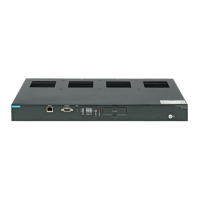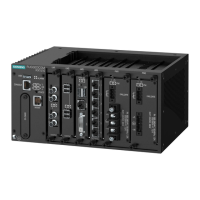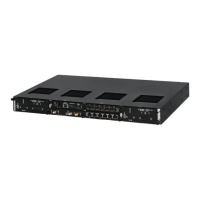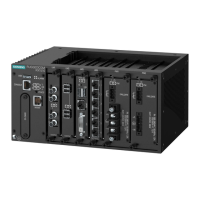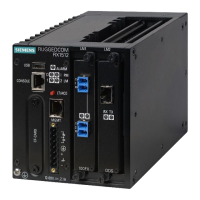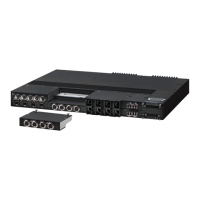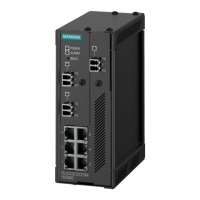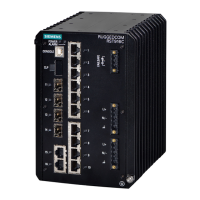Chapter 4
System Administration
RUGGEDCOM ROX II
User Guide
190 Managing Alarms
2. Navigate to admin. The Session Limits form appears.
Figure 201: Session Limits Form
1. Maximum Sessions Total Box
3. Configure the following parameter(s) as required:
Parameter Description
Maximum Sessions Total Synopsis: unbounded
Default: 70
Puts a limit on the total number of concurrent sessions to ROX.
4. Click Commit to save the changes or click Revert All to abort. A confirmation dialog box appears. Click OK
to proceed.
5. Click Exit Transaction or continue making changes.
Section 4.6
Managing Alarms
The alarm system in ROX II notifies users when events of interest occur. The system is highly configurable,
allowing users to:
• Enable/disable most alarms, with the exception of mandatory alarms
• Configure whether or not an alarm triggers the failsafe relay and illuminates the alarm indicator LED on the
device
• Configure the severity of most alarms (i.e. emergency, alert, critical, error, etc.), with the exception of some
where the severity is fixed
Each alarm is categorized by its type (or subsystem):
Alarm Type Description
Admin Admin alarms are for administrative aspects of the device, such as feature-key problems.
Chassis Chassis alarms are for physical or electrical problems, or similar events of interest. This includes irregular
voltages at the power supply or the insertion or removal of a module.
Switch Switch alarms are for link up/down events on switch interfaces.
Eth Eth alarms are for fe-cm port related events, such as link up/down events.
WAN WAN alarms are for T1/E1 and DDS interface related events, such as link up/down events.
Cellmodem Cellular alarms are for cellular interface related events, such as link up/down events.
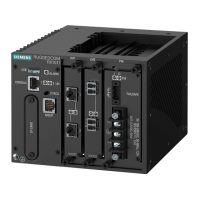
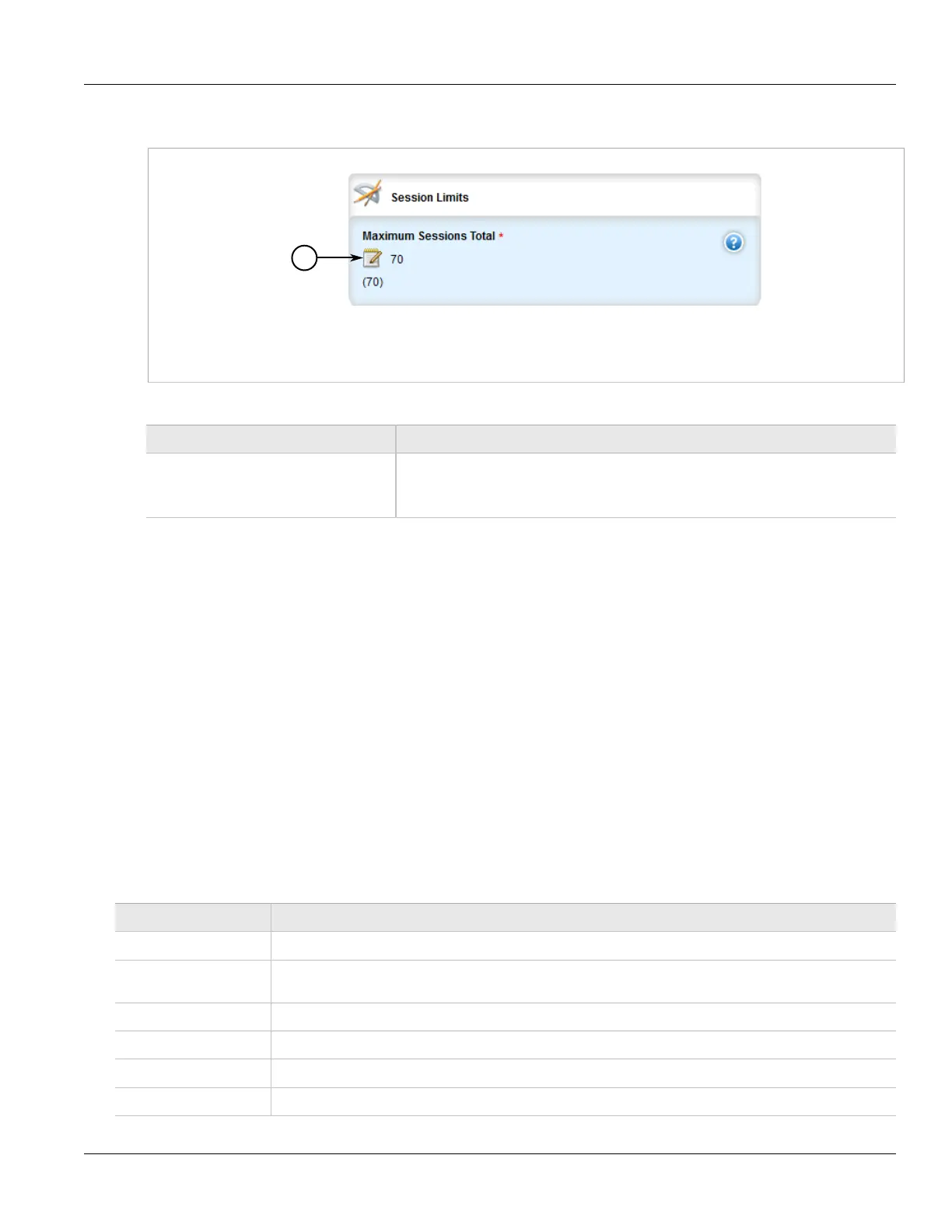